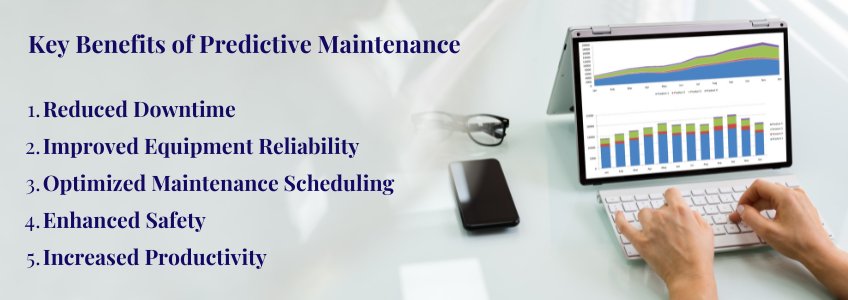
Introduction
In the realm of brewing, where precision and consistency are paramount, the brewing process involves intricate machinery and equipment. Unplanned downtime due to equipment failures can disrupt production schedules, impact product quality, and incur significant financial losses.
To mitigate all these risks, breweries are increasingly turning to predictive maintenance. It is a data-driven approach that leverages technology to anticipate equipment failures before they occur.
What is Predictive Maintenance?
Predictive maintenance is a proactive approach that utilizes real-time data from sensors and other monitoring devices to identify potential equipment failures.
Breweries can predict when a specific component is likely to fail and schedule maintenance by analyzing their historical data and current performance metrics, accordingly. This enables them to reduce downtime, optimize maintenance schedules, and improve overall operational efficiency.
Key Benefits of Predictive Maintenance in Breweries

- Reduced Downtime: By proactively addressing potential issues, predictive maintenance minimizes unplanned downtime. It also ensures uninterrupted production and meeting customer demands.
- Improved Equipment Reliability: Regular maintenance and timely repairs enhance the reliability of brewing equipment. This leads to consistent product quality and reduced operational costs.
- Optimized Maintenance Scheduling: Predictive maintenance allows breweries to schedule maintenance activities efficiently, maximizing resource utilization and minimizing disruptions to the production process.
- Enhanced Safety: By identifying potential safety hazards early on, predictive maintenance helps prevent accidents and injuries. This creates a safer working environment for employees.
- Increased Productivity: Reduced downtime and improved equipment reliability contribute to increased productivity and higher output, ultimately boosting the brewery’s bottom line.
Implementing Predictive Maintenance in Breweries

Implementing predictive maintenance in a brewery involves several key steps:
Step 1: Data Collection
- Install sensors on critical equipment to collect real-time data on various parameters such as temperature, pressure, vibration, and electrical current.
- Utilize existing data sources like maintenance records, production logs, and energy consumption data.
Step 2: Data Analysis
- Employ advanced analytics techniques like machine learning and artificial intelligence to analyze the collected data and identify patterns, trends, and anomalies.
- Develop predictive models to forecast potential failures and estimate remaining useful life of equipment components.
Step 3: Alert and Notification Systems
- Set up automated alert systems to notify maintenance teams about potential issues, enabling them to take timely action.
- Use mobile apps and dashboards to provide real-time insights into equipment health and maintenance status.
Step 4: Maintenance Planning and Scheduling
- Create a proactive maintenance schedule based on the insights gained from predictive analytics.
- Optimize maintenance tasks and resource allocation to minimize downtime and maximize efficiency.
Real World Insights
One of the world’s largest brewing companies, has successfully implemented predictive maintenance across its global operations. By leveraging IoT sensors and advanced analytics, this brewery has been able to significantly reduce equipment failures and downtime.
For instance, by monitoring vibration levels in their bottling lines, they can predict potential bearing failures and schedule maintenance before they occur, preventing costly production disruptions.
Another mid-sized craft brewery has also adopted predictive maintenance to optimize its maintenance operations. By analyzing historical maintenance data and real-time sensor readings from their fermentation tanks, this brewery can predict potential issues like temperature fluctuations or pressure spikes. This allows them to proactively address these issues, preventing product spoilage and ensuring consistent beer quality.
Conclusion
Predictive maintenance is a powerful tool that can significantly enhance the efficiency, reliability, and safety of brewery operations.
By embracing this data-driven approach, breweries can optimize their maintenance strategies, reduce costs, and deliver high-quality products to their customers.
As technology continues to advance, predictive maintenance will play an even more critical role in shaping the future of the brewing industry.
If you are interested to achieve similar success stories, write to us!
